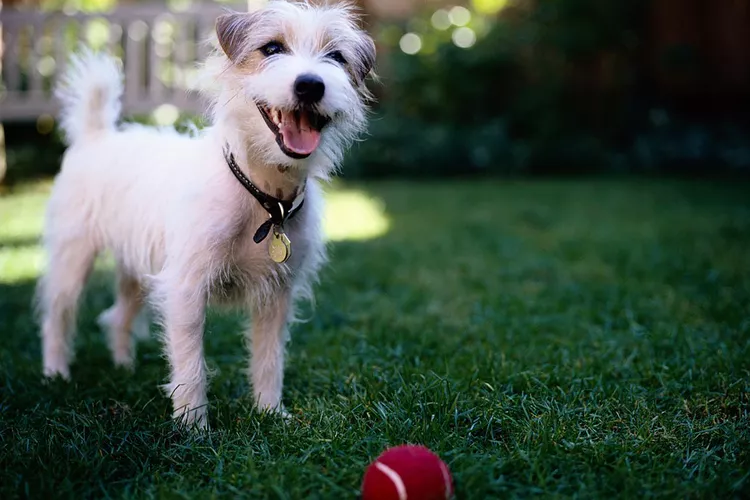
The "leave it" command is used to prevent your dog from picking things up. It allows you to tell your dog not to touch things that you don't want it to have, like a child's toy or a dirty tissue or any one of the hundreds of things dogs try to pick up and chew. It can also keep your dog from eating something that might be harmful.
Fortunately, this important command is fairly easy to teach. Most dogs can be trained to "leave" even the most desirable of things behind.
All you need to train your dog "leave it" is a handful of bite-sized treats and a quiet area. If you are clicker training, you will also need your clicker.
Don't worry about this taking too much time either. Training sessions should be kept short and upbeat; about 5 minutes per session is enough. If your training sessions go on for too long, your dog may become frustrated and start making mistakes.
To start, take one of the treats in your hand and allow your dog to see it. As soon as it is interested in the treat, give the command "leave it." Close your hand so the dog cannot get the treat.
At first, most dogs will stick their nose in your hand and possibly nibble on your fingers or paw at your hand in an attempt to get to the treat. As soon as your dog stops trying and pulls away a little, offer praise (or click your clicker) and give it a treat. The treat you give your dog should be a different treat than the one you told it to leave.
It's very important that you keep the treat covered at all times when you are in the beginning stages of training this command. If you accidentally allow your dog to get a treat before you give the click or praise, it will try even harder to get the treat next time. One or two mistakes will not make much of a difference. However, if your dog is getting the treat a few times during each training session, it is going to take much longer for them to understand what "leave it" means.
Once your dog is consistently backing away from your hand, you can make things more difficult by increasing the time you make it wait for the treat. In the beginning, you should give the dog a treat the second it pulls back from your hand. You can slowly add a few seconds until you are able to go several minutes while your dog waits patiently for the treat.
Next, you can begin to move the treat. Put it on the floor a foot or two away from your dog, but keep your hand close enough to cover it should your dog try to take it. Once your dog is consistently leaving the treat there, you can move it a little closer to them.
After several training sessions, you can begin to step away from the treat yourself. A good way to begin this is to drop a treat on the floor while you're standing, and give the "leave it" command. Have a foot ready to cover the treat in case your dog makes a lunge towards it.
Slowly increase your distance from the treat over several training sessions. Soon you'll be able to tell your dog to leave a treat on the floor when you are standing on the other side of the room.
Once your dog has mastered "leave it" with treats, you can start practicing with other items. Put one of your dog's toys near it and say "leave it." As soon as the dog backs off the slightest bit, give it praise and a treat.
Keep practicing with other items your dog enjoys as well. Before long your dog will learn to leave any item where it is whenever it hears the "leave it" command.
This obedience command is all about teaching your dog self-control. After all, it's hard for dogs to resist some—okay, a lot—of things that are both good and bad for them.
To really instill this level of discipline, you might find it beneficial to take a multi-pronged approach. While training the "leave it" command, make a point of doing other self-control training. These are simple things like making your dog work for food, playtime, or your attention, by having them sit or lie down first. Incorporating those into your daily interactions and doing small sessions on leave it every day can really develop this good behavior in your dog.
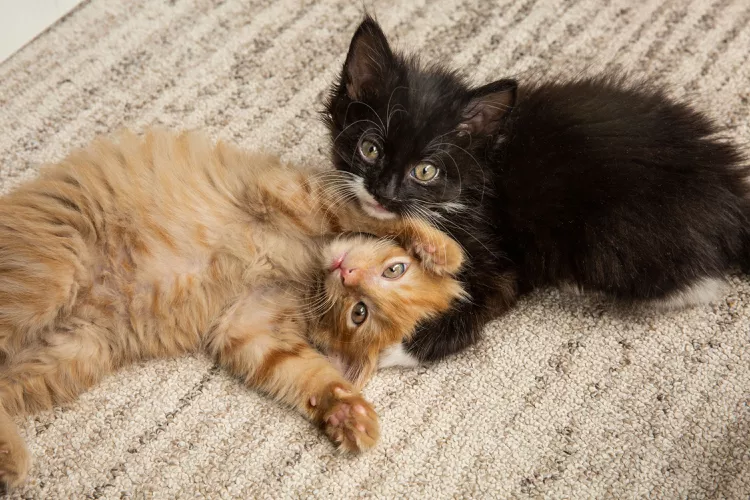
Why Two Kittens Are Better Than One
There are benefits of adopting two kittens, such as more feasible training and companionship between them.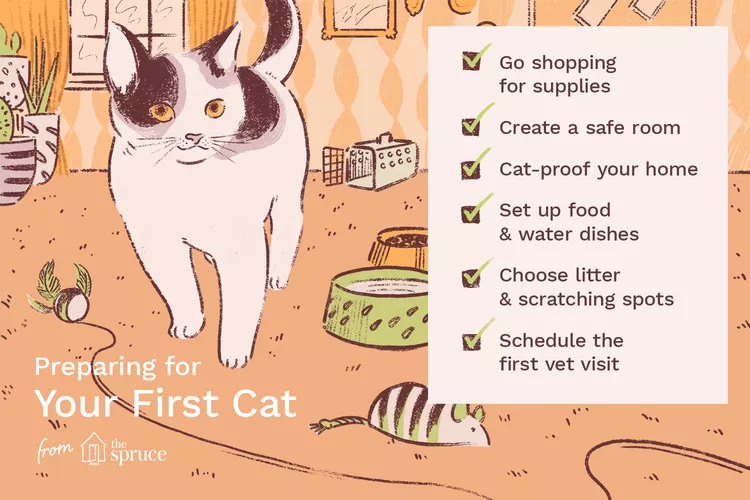
Everything You Need to Know About Raising Your First Cat
Whether you are thinking about getting a cat or just adopted your first one, these are the things to know to make your relationship a lasting one.
How Can I Tell the Sex of a Cat?
Telling male and female cats apart can be difficult for those who don't know what they're looking for. Here are helpful tips to discover their sex.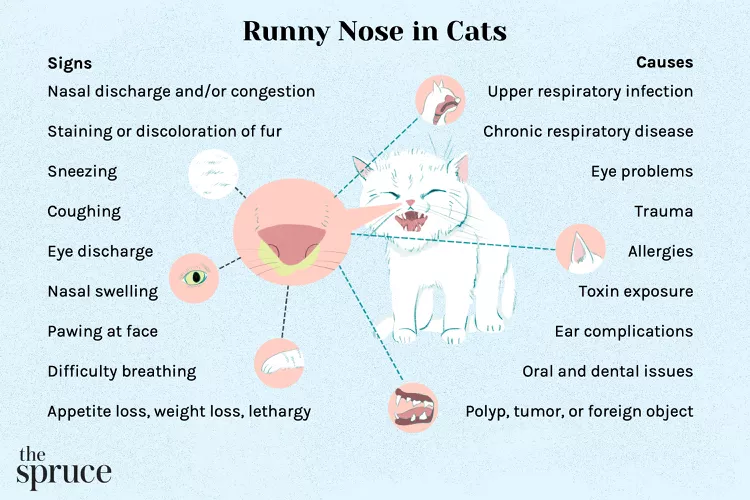
Runny Nose in Cats: Causes and Treatment
Cats get runny noses due to upper respiratory issues, but many conditions can cause this. Learn the causes of runny noses in cats and the associated signs. Find out how vets diagnose and treat cats with runny noses.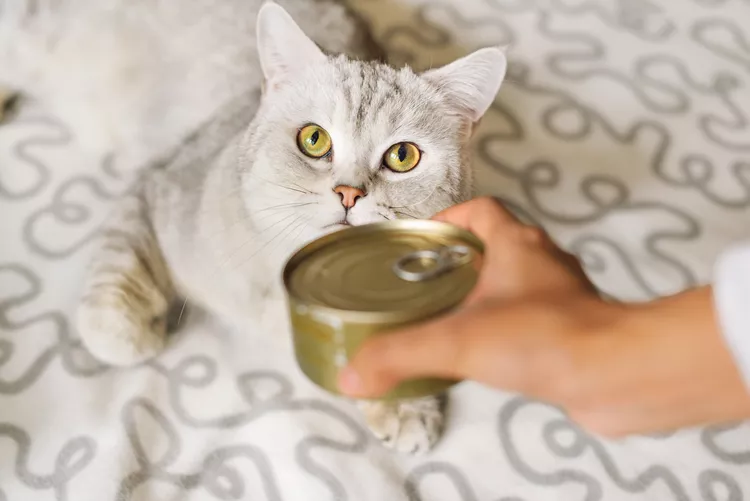
How Long Can You Safely Leave Canned Cat Food Out?
You cannot safely leave canned cat food out all day. Twenty to 30 minutes is the max, so give smaller portions and reheat food for later feedings.
Meat Byproducts in Cat Food
Most cat experts recommend premium brands of cat food that avoid ingredients like byproducts and chicken meal. Learn what to look for on the label.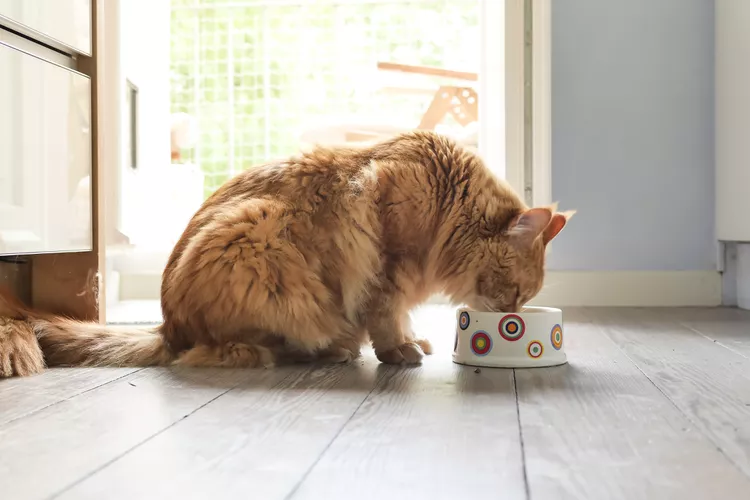
How Much Wet Food to Feed a Cat Every Day
The amount of wet food your cat needs depends on factors such as age, weight, body condition, and lifestyle. Learn how much wet food to feed your cat.
Taurine for Cats
Taurine is an essential animal protein in your cat's diet. Learn more about the various ways it supports your feline's body.
The Different Types of Pet-Friendly Workplaces
Discover the different types of pet-friendly workplaces and the benefits they offer employees. Learn how to create a pet-friendly workplace and the best practices for pet owners.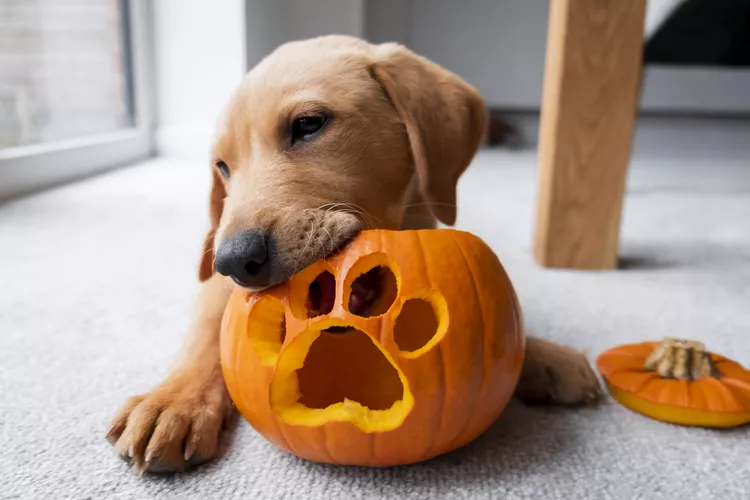
8 Halloween Safety Tips for Pets
The spooky holiday can be overstimulating and even dangerous for pets. Here's how to avoid the problems caused by toxic candy and incessant doorbells.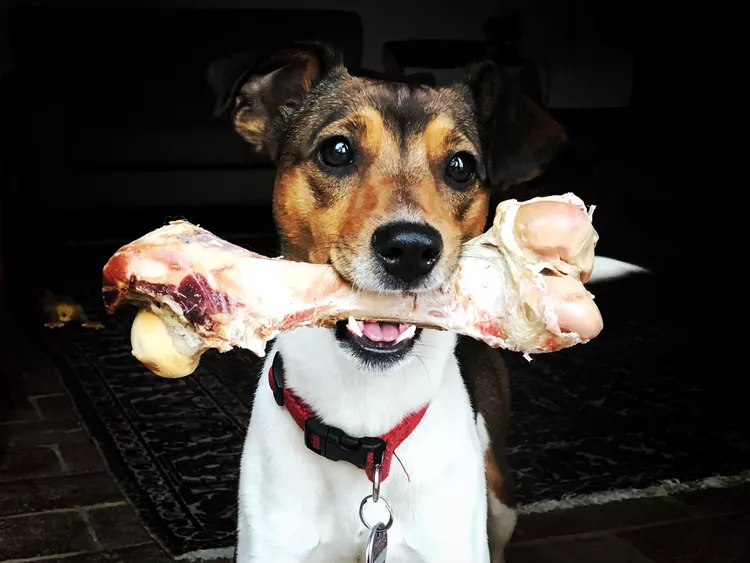
Why You Should Keep Cooked Bones Away From Your Dog This Holiday Season
People should be aware of the dangers of cooked bones, especially around the holidays when they might be more accessible to your pup.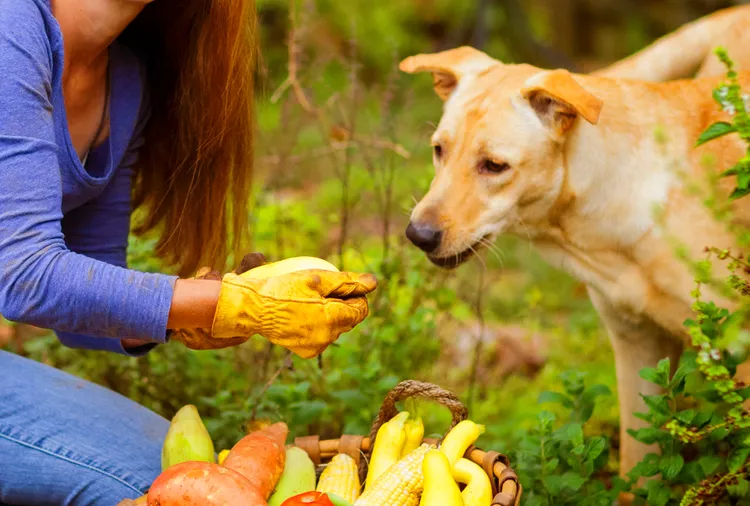
Can Dogs Eat Squash? Here's What a A Vet Thinks
Dogs can safely eat squash as long as it's prepared correctly. Find out how to properly feed this versatile fruit to your dog.
16 Small Cat Breeds That Are Petite Purring Machines
Small cat breeds like the Singapura and munchkin may be smaller than an average housecat, but they leave a giant imprint on your heart.
10 Best Cats With Big Ears
Cats with big ears often look extra endearing. Check out some common big-eared cats, including the Abyssinian, Devon Rex, Siamese, Sphynx, and more.
Javanese (Colorpoint Longhair): Cat Breed Profile, Characteristics & Care
The Javanese is a semi-longhaired, color-pointed cat of Siamese type. They are related to the Siamese, Colorpoint Shorthair, and Balinese breeds.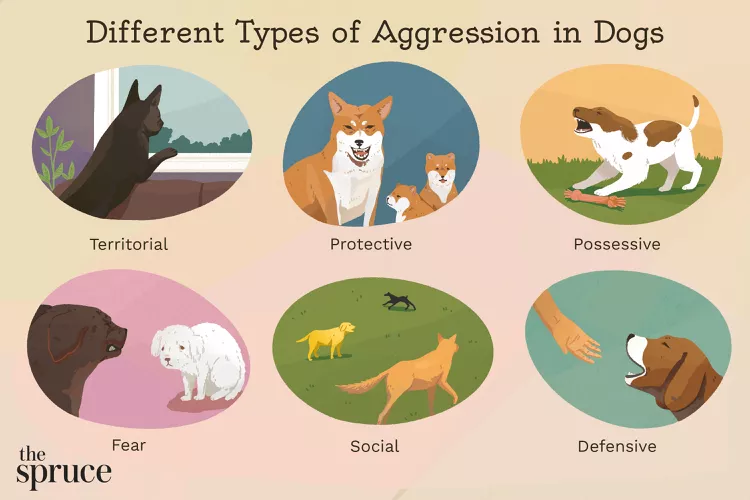
How to Stop Aggression in Dogs
Dog aggression can be a serious behavior issue for pet owners. Learn how to stop aggression in dogs before someone gets hurt.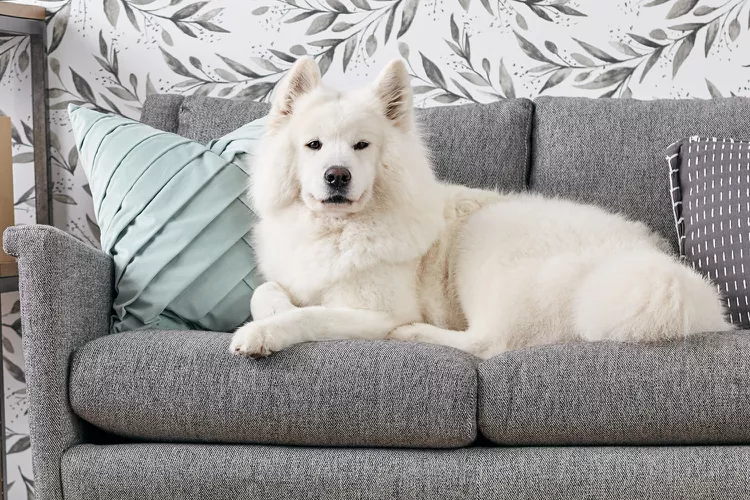
Should Dogs Be Allowed on Furniture?
Should you let your dog on the couch or in the bed with you? Are there any reasons we should not let dogs on the furniture? Here's what to know.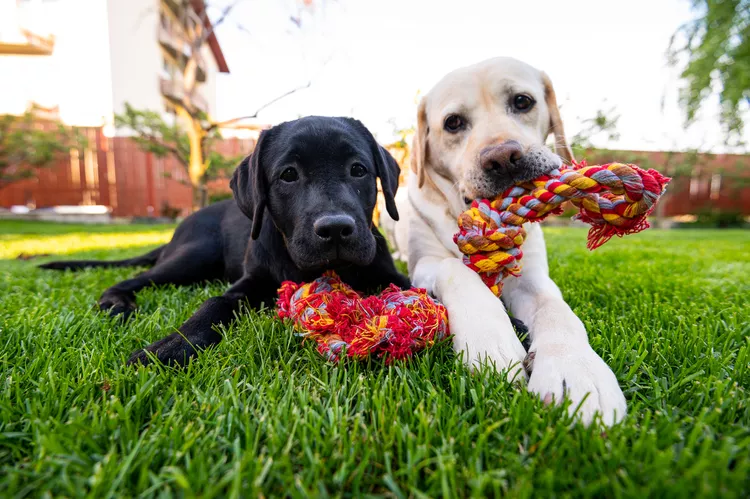
Why Do Dogs Eat Rocks?
One of the most common non-food items for dogs to eat are rocks. Here's what to know about why dogs eat them and how can you stop your dog from eating rocks.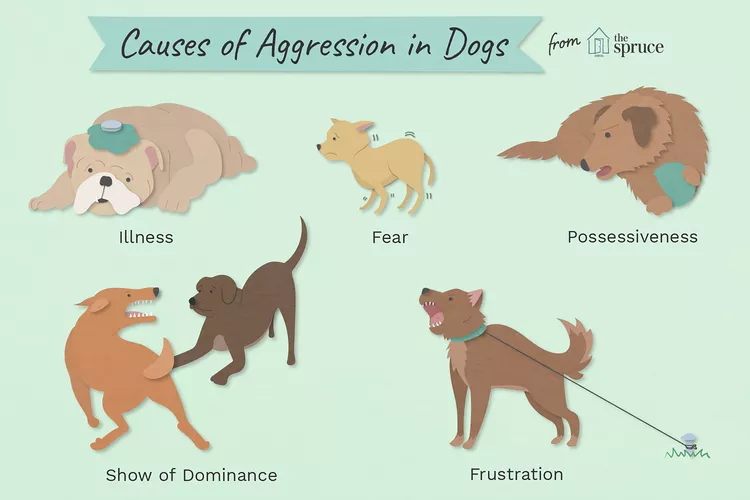
Why Dogs Get Aggressive and How to Stop It
Why is your dog biting you aggressively? Sometimes dogs can become aggressive with little warning. Find out what causes your dog to become aggressive so you can work with the behavior.
Thai Ridgeback: Dog Breed Characteristics & Care
Learn all about the Thai Ridgeback, a rare breed from Thailand. Find out how to care for the loyal dog and where to buy or adopt one.